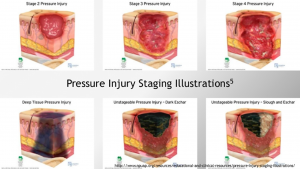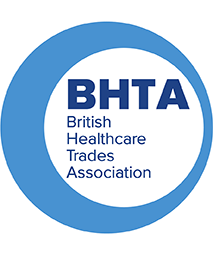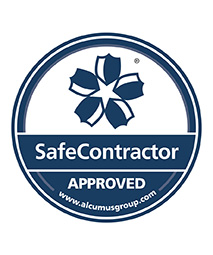Harvest Healthcare recognises that both essential testing such as LOLERs and equipment repairs must continue in order to protect vulnerable residents.
To make sure that this essential work can continue as safely and seamlessly as possible, please see these top tips for a Harvest Healthcare engineer visit.
Top Tips:
- If the equipment to be looked at can be moved out of bedrooms/bathrooms/communal spaces please do this in advance of our engineer arriving.
- Our engineer will wipe down any equipment they touch with disinfection wipes after they are finished. Despite this, we recommend following your own in-house disinfection protocols as a secondary measure.
- Our engineer will thoroughly wash their hands following strict washing protocols between homes and will always wear gloves during site visits. Please follow social distancing measures as much as possible while our engineers are on site to support these risk reduction measures.
- If equipment can be serviced/repaired outside the building our engineers are happy to do this. Please place the equipment on a secure, flat, dry surface to maintain engineer safety and decontaminate any equipment before taking it outside.
- If you have any concerns about the risks posed by a site visit, please contact Harvest Healthcare in advance of your scheduled visit to discuss the safest arrangement to protect staff and residents. We are happy to support the needs of individual homes in order to undertake essential work.
For more Information about Harvest Healthcare please click here
For more news please visit our Twitter Page Here
Or follow us on LinkedIn Here



